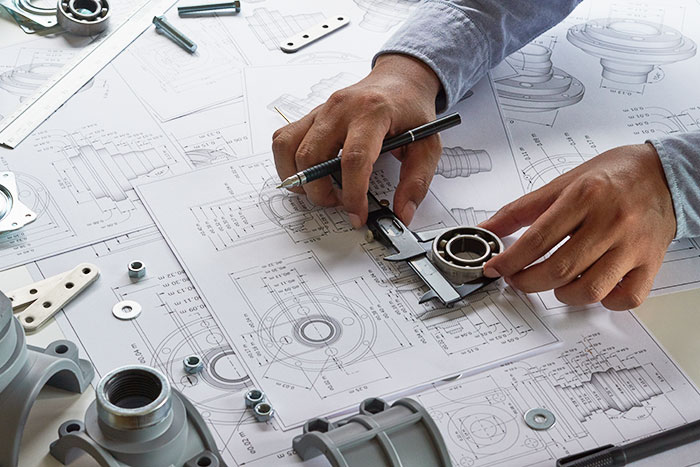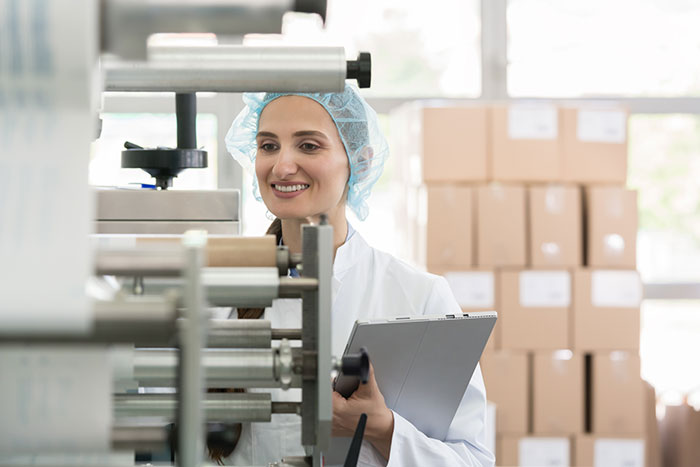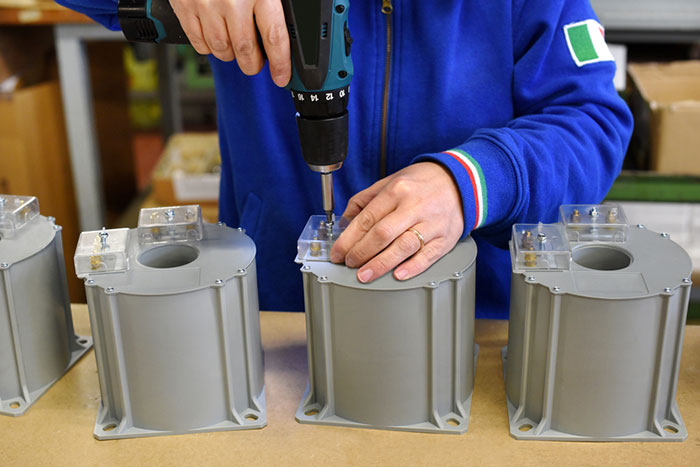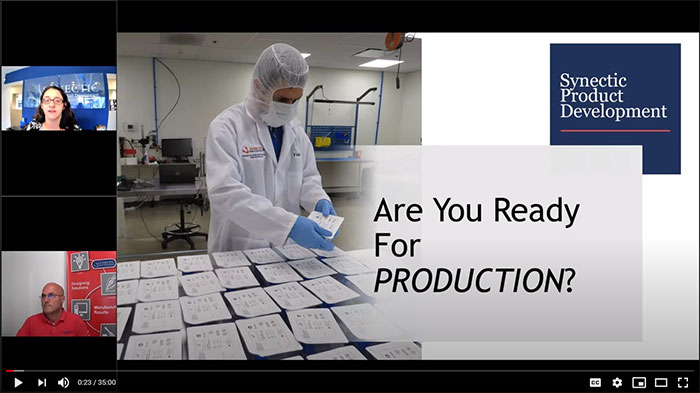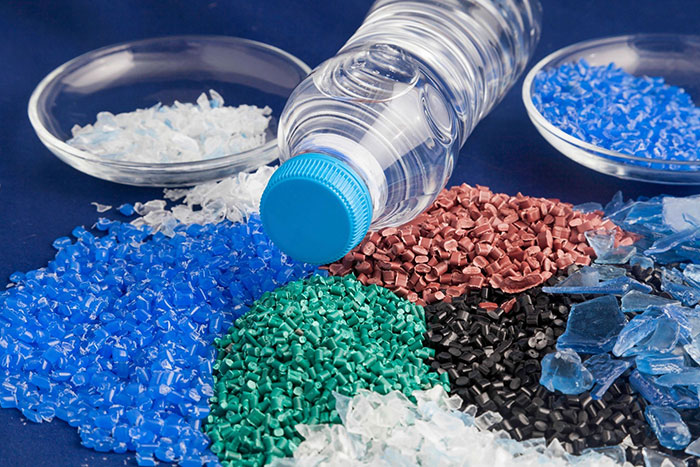
Manufacturers have been using plastic injection molding for over 150 years in every aspect of manufacturing. As the world of plastic molding grew, so did the need for additional molding practices to fill in the gaps where traditional injection molding falls short. Overmolding is one such process that combines materials into a single assembly. To help you understand how you can incorporate overmolding into your part design, we have put together this overview of the process.
What is overmolding?
Overmolding is a type of plastic injection molding that combines multiple parts or materials into one finished assembly during the molding process. Unlike insert molding, which concerns two materials molded simultaneously, overmolding involves two separately molded parts. The result is two parts assembled and permanently joined together.
Uses for overmolding
Overmolding is useful for combining new layers of material over a previously molded part, resulting in a single assembly. Typical applications include plastic over plastic, rubber over plastic, plastic over metal, and rubber over metal. This technique is most useful in applications where the plastics are either too thick or too thin to be molded in a single shot. Additionally, overmolding is the preferred method in situations where there is complex part geometry. A common application for overmolding is adding rubber grips or handles to different devices, from toothbrushes to cordless drills.
The overmolding process
During overmolding, the new plastic part is “molded over” an existing part, referred to as the substrate. The pieces are bonded to each other either chemically or mechanically.
The mechanical method requires the substrate to be overmolded to have specific grooves or pass-throughs where the overmold material can fill in and hold the two components together.
Chemical bonding requires selecting resins and substrates that are chemically compatible. During the molding process, the molten resin is injected over the substrate causing the materials to bond to each other once cooled
Design considerations for overmolding
Given the complex nature of overmolded parts, there are several considerations during design for manufacturing. If the part experiences large amounts of mechanical stresses, part retention features are required to prevent the two materials from separating. Another way to prevent separation is to use both mechanical and chemical bonding methods when creating the overmolded part. Tool design must account for any shift to the substrate caused by the injection molding process. If the substrate were to shift inside the tool, this could cause significant damage.
Overmolding can reduce part costs by combining materials into one part. It is just one method of plastic injection molding that Synectic has extensive experience in developing. If you are unsure if overmolding would be the correct process for your project or would like some expert manufacturing advice, contact us and we would be happy to help.
Need Overmolding?
About Synectic Product Development: Synectic Product Development is an ISO 13485 certified, full-scale product development company. Vertically integrated within the Mack Group, our capabilities allow us to take your design from concept to production. With over 40 years of experience in design, development, and manufacturing, we strive for ingenuity, cost-effectiveness, and aesthetics in our designs. Learn more about our contract manufacturing services and see how we can help your next project.
